
Remote Robotics

What is the most effective way to adapt in-person STEM education programs for remote audiences during one of the most vulnerable moments in NY’s history?
Roles: Program Manager, Curriculum Designer
In the Spring of 2020, the NYC FIRST STEM Centers provided STEM education to hundreds of students through our for-credit courses, group programming, and open events, all of which were conducted in-person. However, due to the COVID-19 pandemic, we had to quickly transition all of our programs to a remote format within a week. This sudden shift required our team of 5 instructors and program managers to rethink our traditional hands-on courses and adapt them to be delivered virtually.
About the STEM Centers
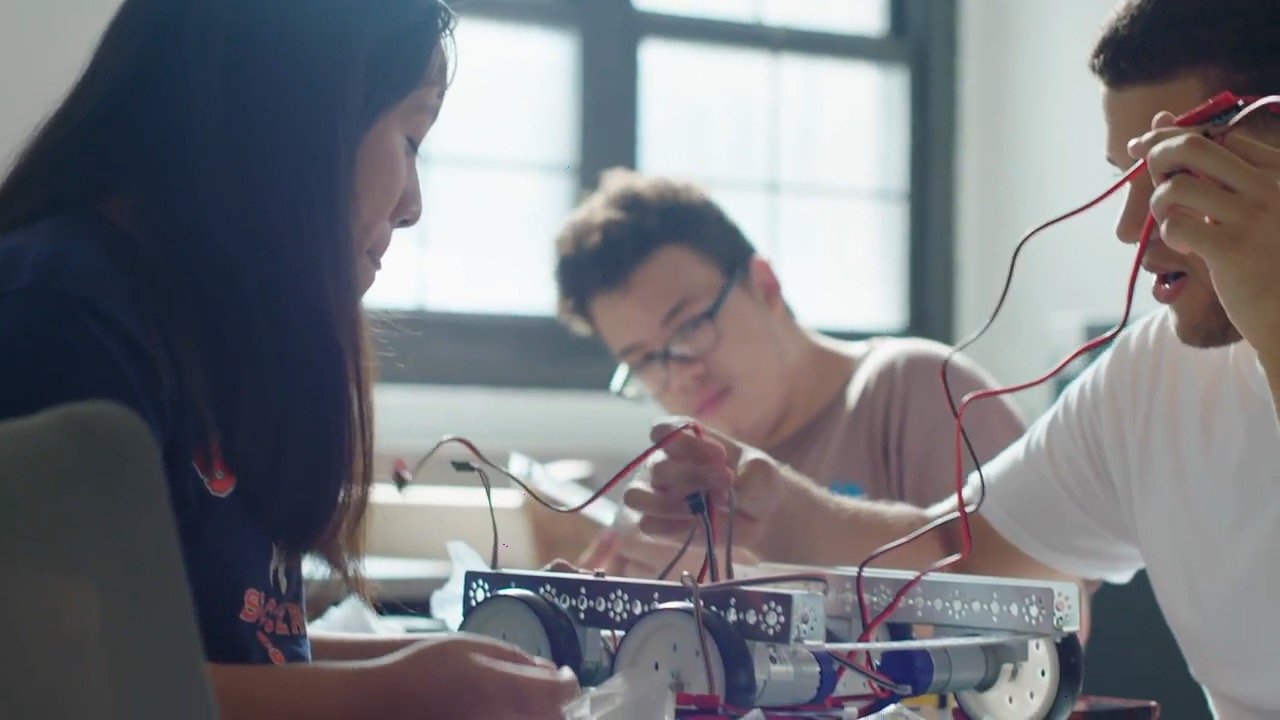
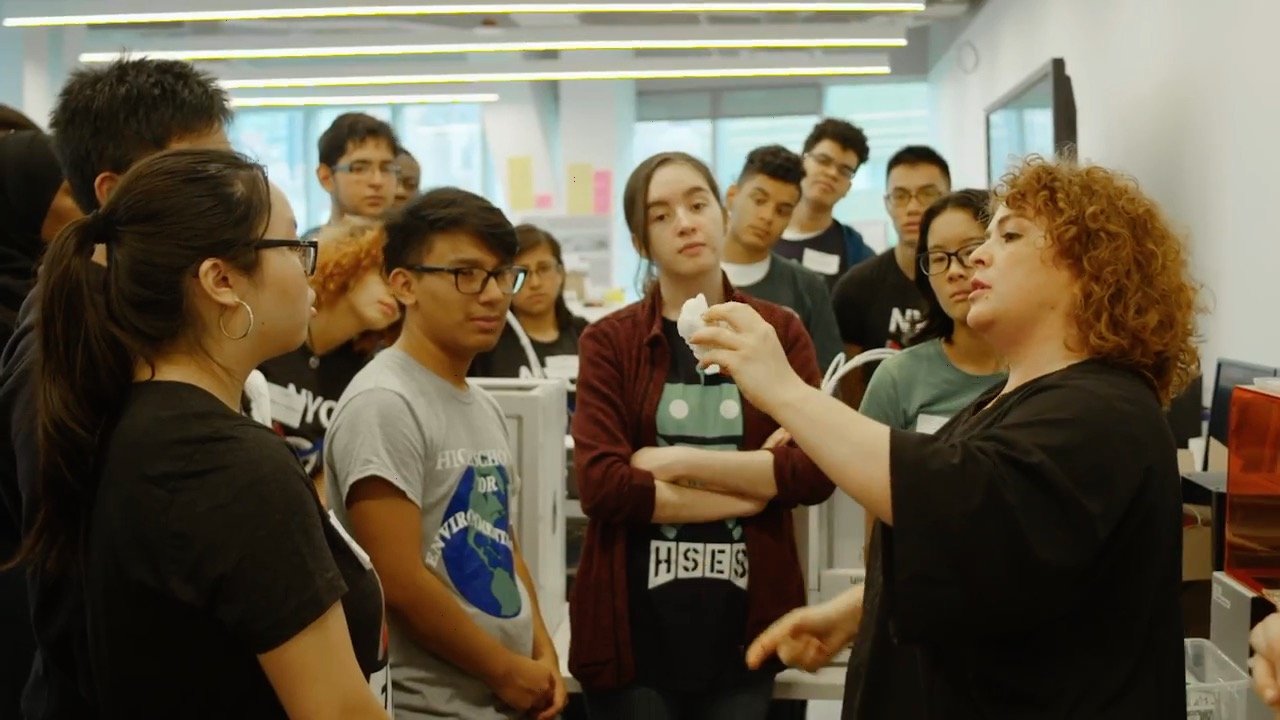
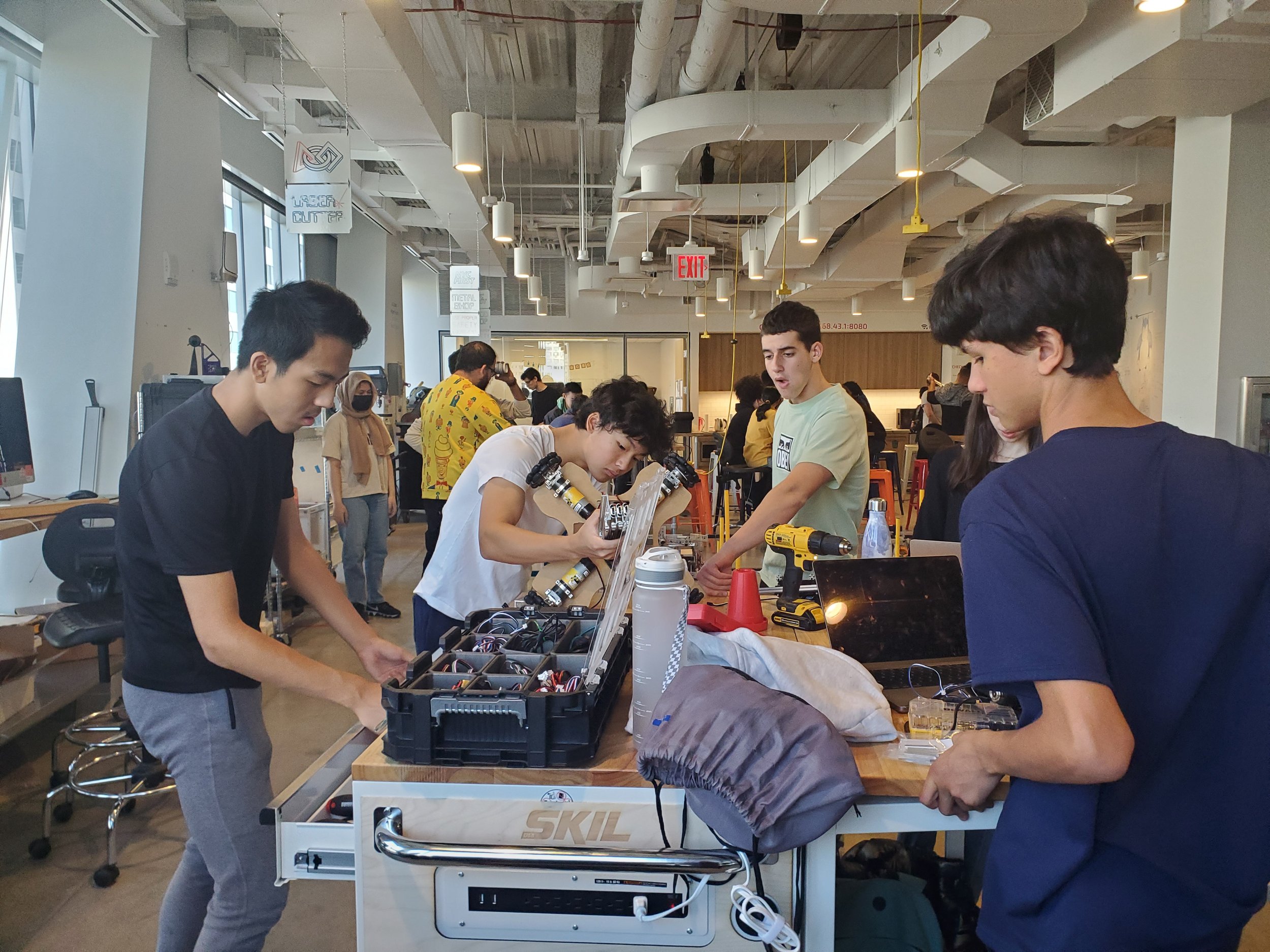
The NYC FIRST STEM Centers are centers of learning that provide valuable and rare STEM education experiences to students, teachers, and communities throughout New York City. They offer various programs and workshops, such as computer science, digital and non-digital fabrication, mechanical engineering, electronics, and sensors. STEM Center students not only learn about engineering and robotics but also discover their own interests and abilities. Students who participate in STEM Center programming have access to high-quality, inspiring, and challenging robotic leagues and STEM education.
Goals for Remote Learning
Maintain exceptional educational programming for the youth of New York City, despite the sudden shift to remote learning.
Offer students the chance to make a positive impact on their communities during this difficult time.
Build innovative new programs that leverage digital resources to encourage cross-cultural collaboration.
Credit Bearing Courses
The NYC FIRST STEM Centers provide local high schools with 3-hour-long credit-bearing, year-long courses as part of an advanced, immersive, sustained engineering curriculum. During a typical school year, students in these courses have access to high-end technology, machines, equipment, and tools.
Virtual Classes
In 2019, in response to COVID, these credit-bearing courses, now offered via Zoom, were completely and rapidly redesigned for flexibility by incorporating new digital tools, adapting new approaches to prototyping, and pivoting the curriculum to focus on personal projects.
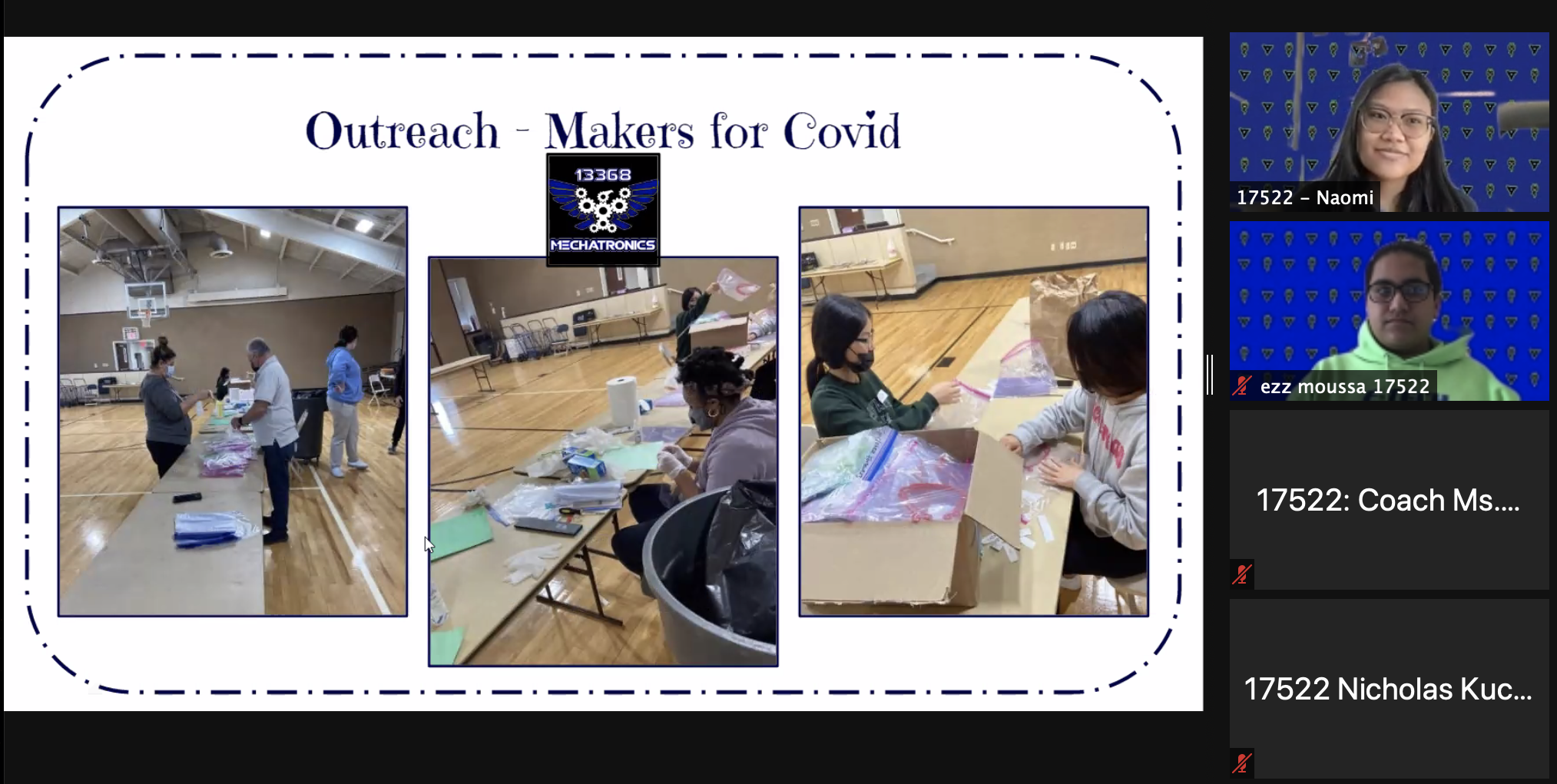
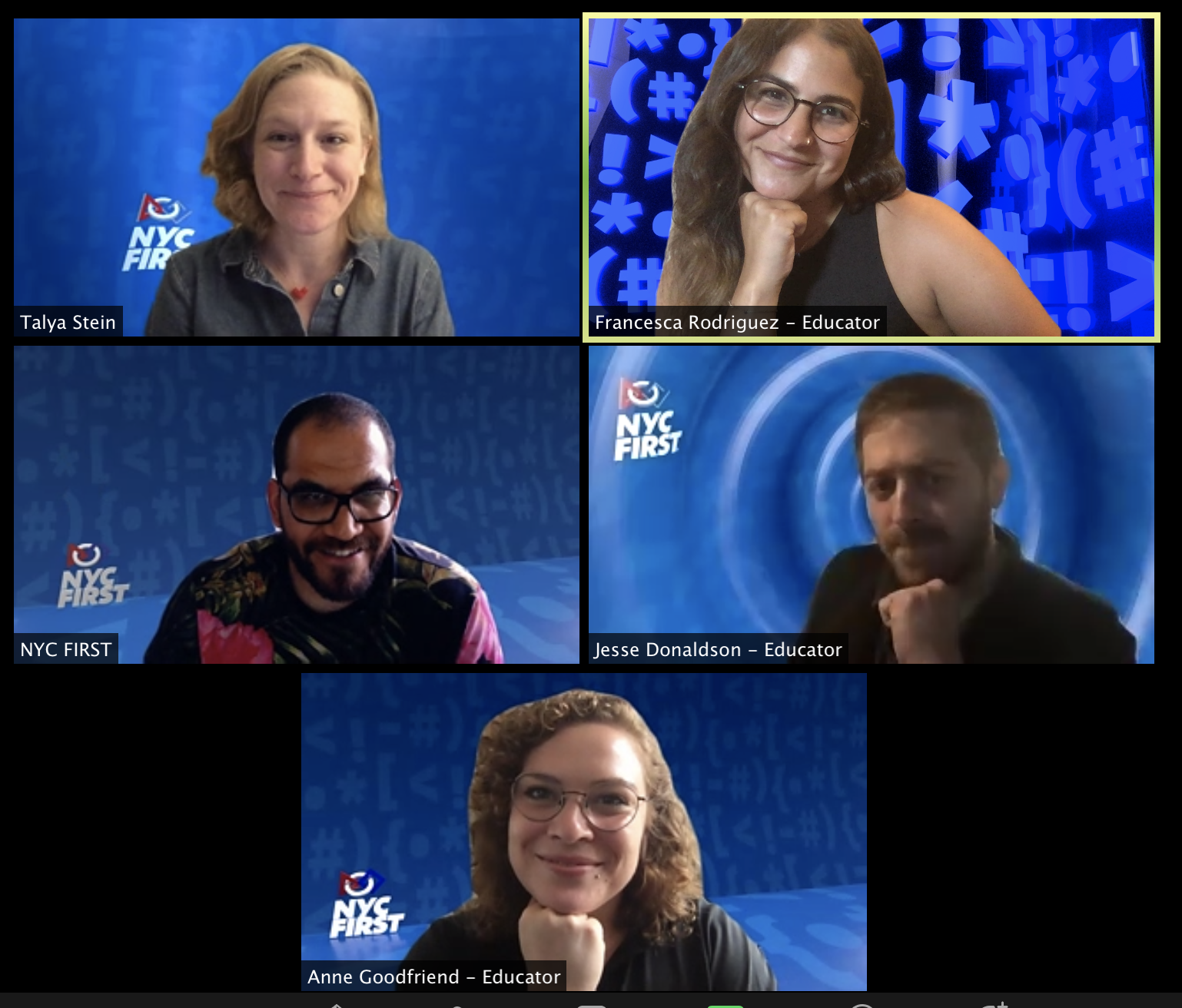
New Digital Tools
Many of our courses focus on engineering, physical computing, and circuitry. To proceed with this curriculum, we found new resources that enabled learners to try out these skills in digital environments including CAD software, affordable microcontrollers, and online resources for learning circuitry. We prioritized tools that enabled live collaboration whenever possible, allowing students to learn and build together despite being in different physical locations.
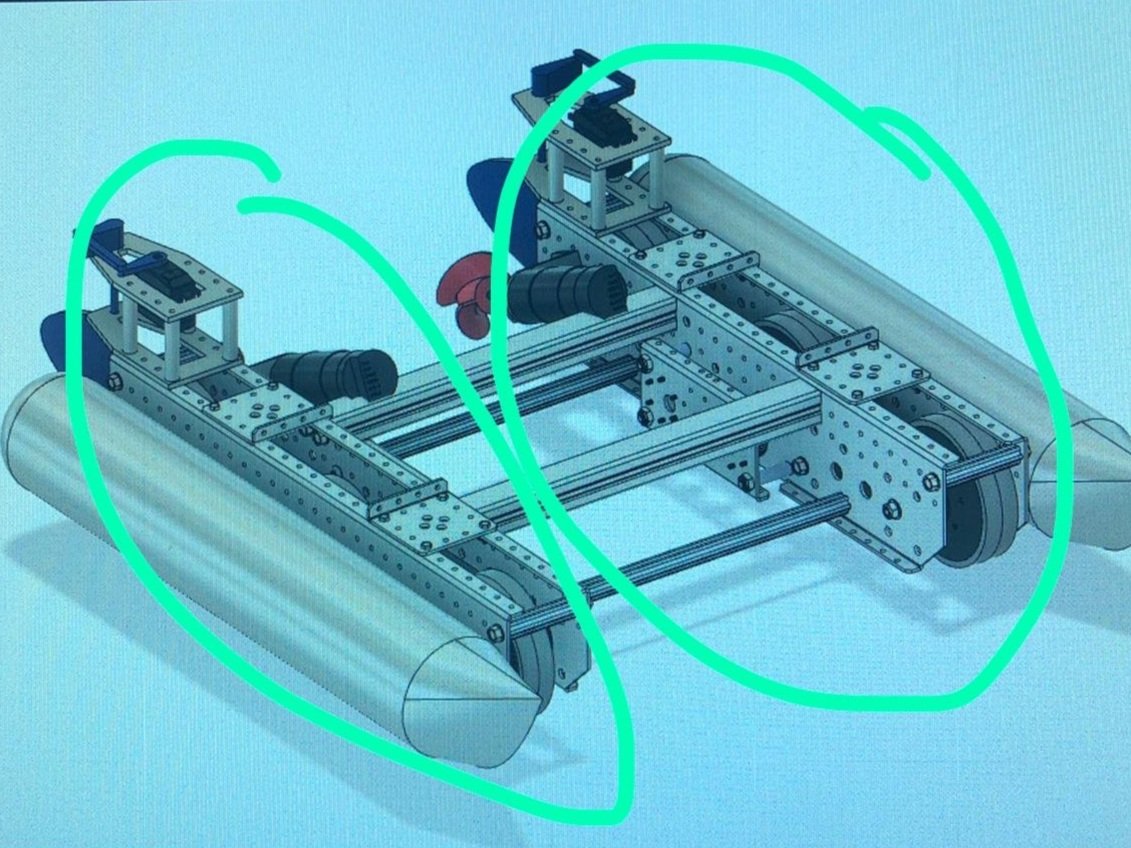
Focus on Personal Projects
In addition to leveraging digital tools that enabled learners performance highly technical tasks in digital environments, we also redesigned our courses, and the focus of the curriculum was shifted to personal projects, empowering learners to explore topics they felt passionate about. Students were asked to conduct virtual interviews, research a problem with in their community, and design digital or physical solutions to empower community members.
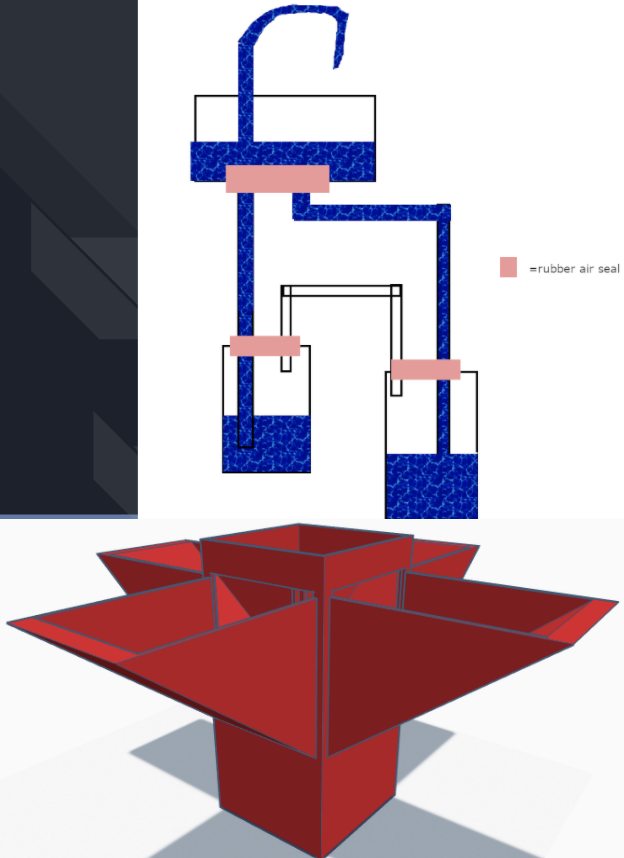
Bluefruit Circuit Playground
“A vertical gardening system that aims to educate young urban students about the importance of organically grown produce and the basics of maintaining a garden. This vertical garden considers water usage and light wavelengths and uses technology-enhanced harvesting mechanisms to bring efficiency, safety, and security to the food industry.”
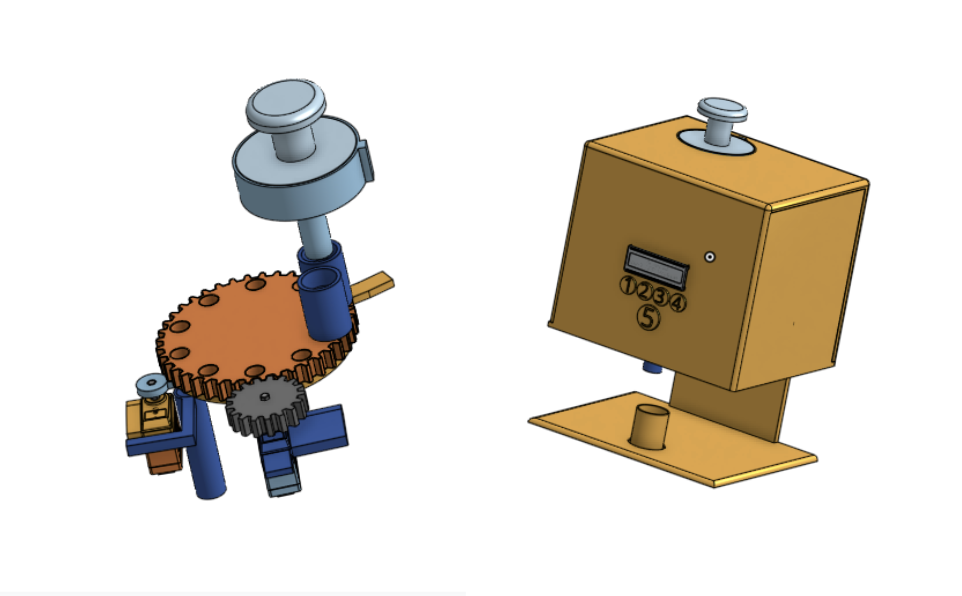
Med Dispenser & Reminder
“A medicine dispenser that dispenses ten different types of medicines at any given time. This device has a unique mechanism that accurately dispenses medication with no damage caused to the pills.”
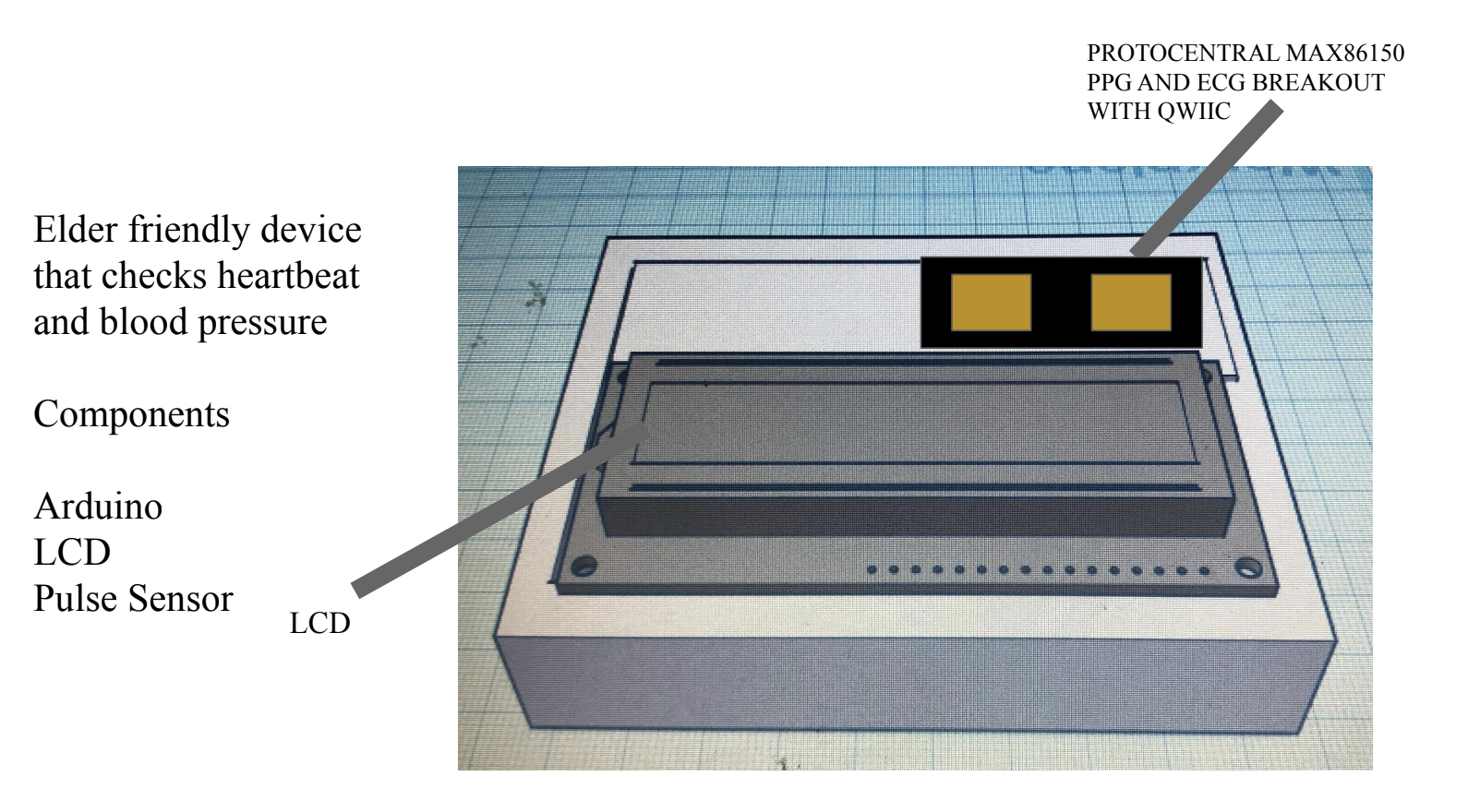
Elders:Checking Vital Signs
“This device allows elders to better track and understand their health by recognizing if they must take their medication. This device uses an Arduino connected to a sensor module that measures the changes in the blood volume and detects the heart’s electrical activity, calculating blood pressure.”
Remote Robotics Kits
As educators, the shift to a remote school year presented challenges but also allowed us to be creative and come up with new ways to engage and collaborate with our students. We discovered innovative methods to bring our lesson plans to life by providing our students with Robotics Kits that allowed them to design, prototype, and build their own robots and creations from home. These kits went through many iterations and included all the necessary materials for students to delve into robotics, electrical and mechanical engineering, computer programming, and design thinking. We assembled over 200 STEM Kits that included materials for prototyping, circuitry, physical computing, and mechanisms.
Circuitry Kits


Mechanical Kits
The STEM Center developed mechanical engineering kits using software called Autodesk Fusion 360. These kits were then cut using a laser cutter called an epilog laser. In addition to the materials, the kits also included stencils for students to create their own designs. These kits provided students with the resources to experiment and build prototypes of digital creations, mechanisms, and other projects. We were thrilled to offer these tools to our students.

Remote Collaboration
In the summer of 2020, we arranged a program that brought together students from NYC and participants from FIRST Israel. This partnership enabled students to establish connections beyond geographical boundaries, exchange personal narratives, and overcome challenges posed by the pandemic.
During our virtual meetings, the students placed great importance on applying STEM knowledge to address real-world problems and how their personal values guided them in addressing big and small issues in their local communities. We also explored how inventors can develop innovative solutions by generating ideas through brainstorming and creating rough sketches. The participants benefited greatly from learning from each other's global perspectives, cultural backgrounds, and STEM experiences.
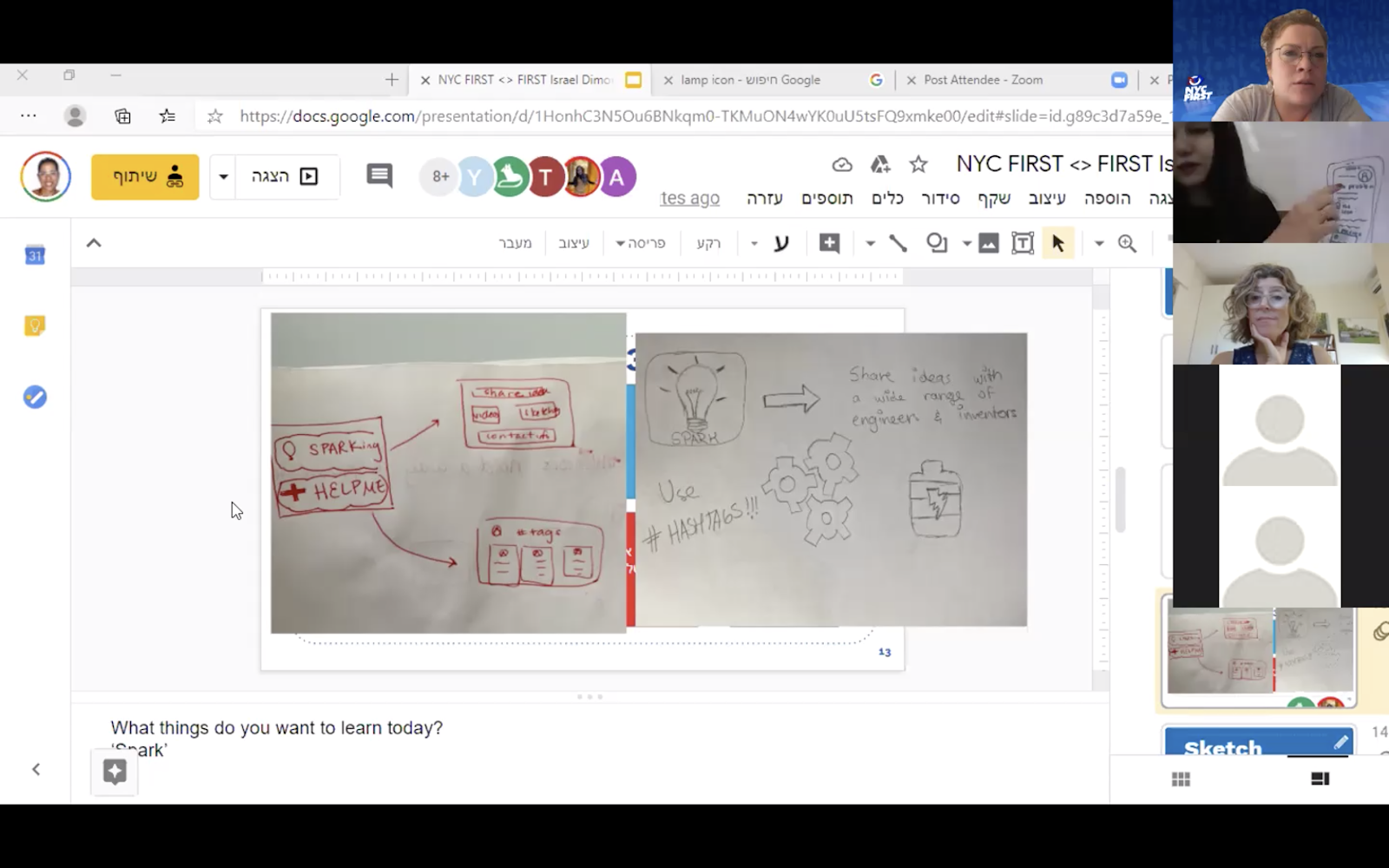
PPE & Community Involvement
NYC FIRST STEM Center connected students with Makers for COVID-19 to learn how to create and distribute PPE equipment. Makers for COVID-19’s mission is to use 3D printing to assist organizations in need of face shields and ear savers.
At the time the news highlighted the shortage of medical supplies during the pandemic; many communities, including those in which the students lived, were suffering from a lack of PPE. We worked with students to identify groups in need while designing and 3-D printing PPE for distribution. Students distributed over 300 pieces of PPE to communities in need.
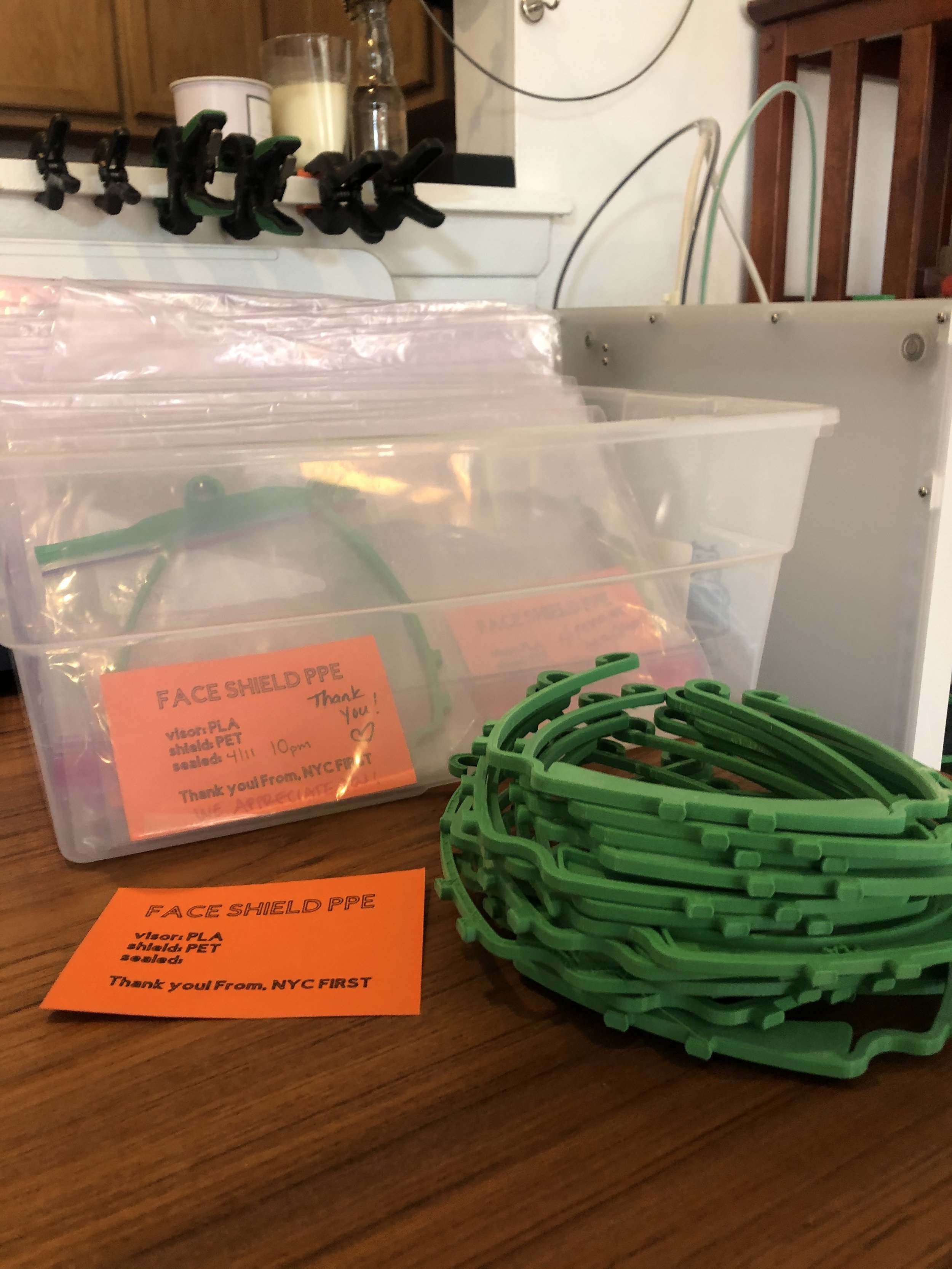
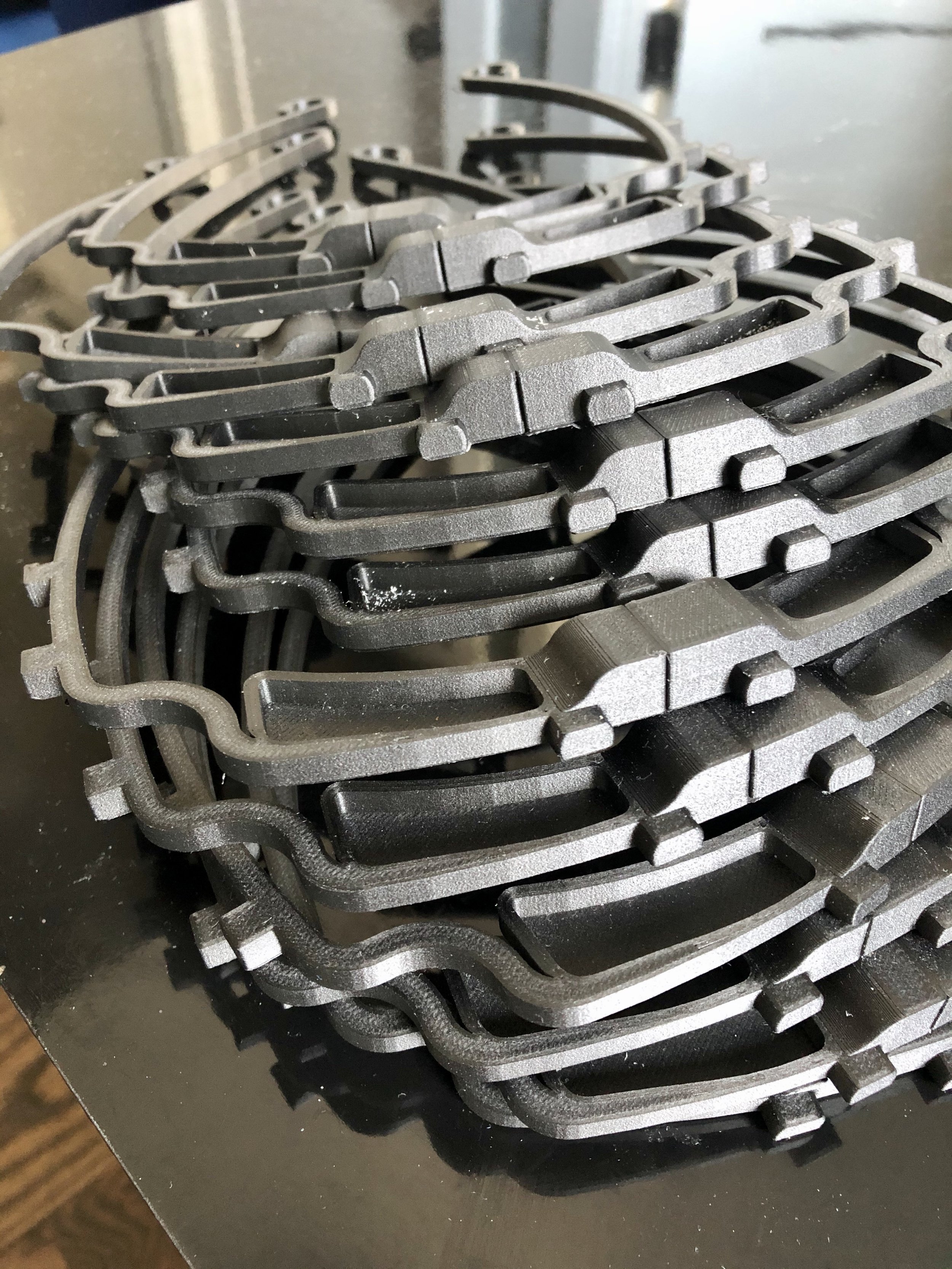
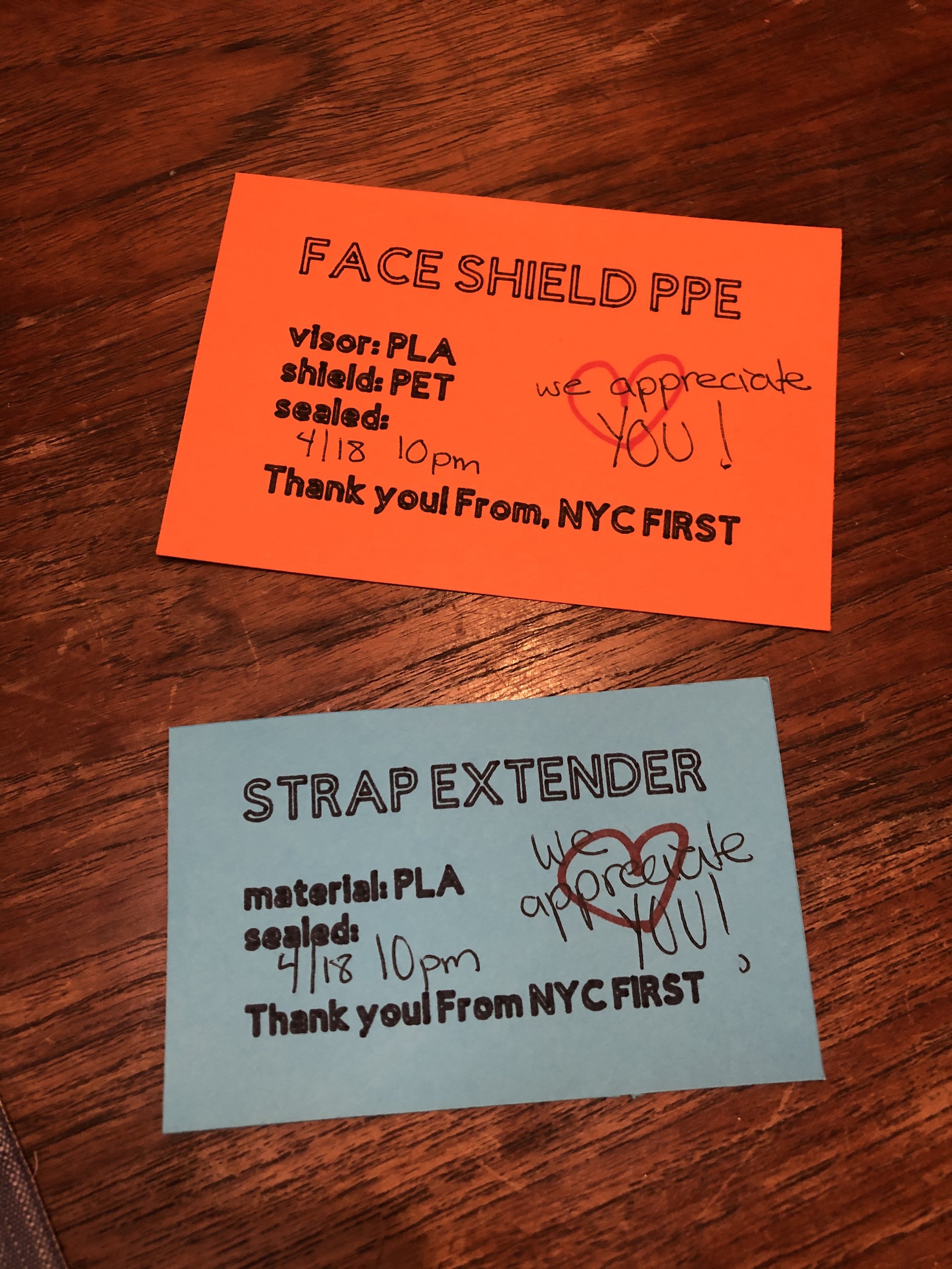
“My community experience has been fulfilling and has opened a new pathway to my future in Biomedical Engineering. I hope to continue to be deeply involved and represent my community to make the world an easier place to live in.”
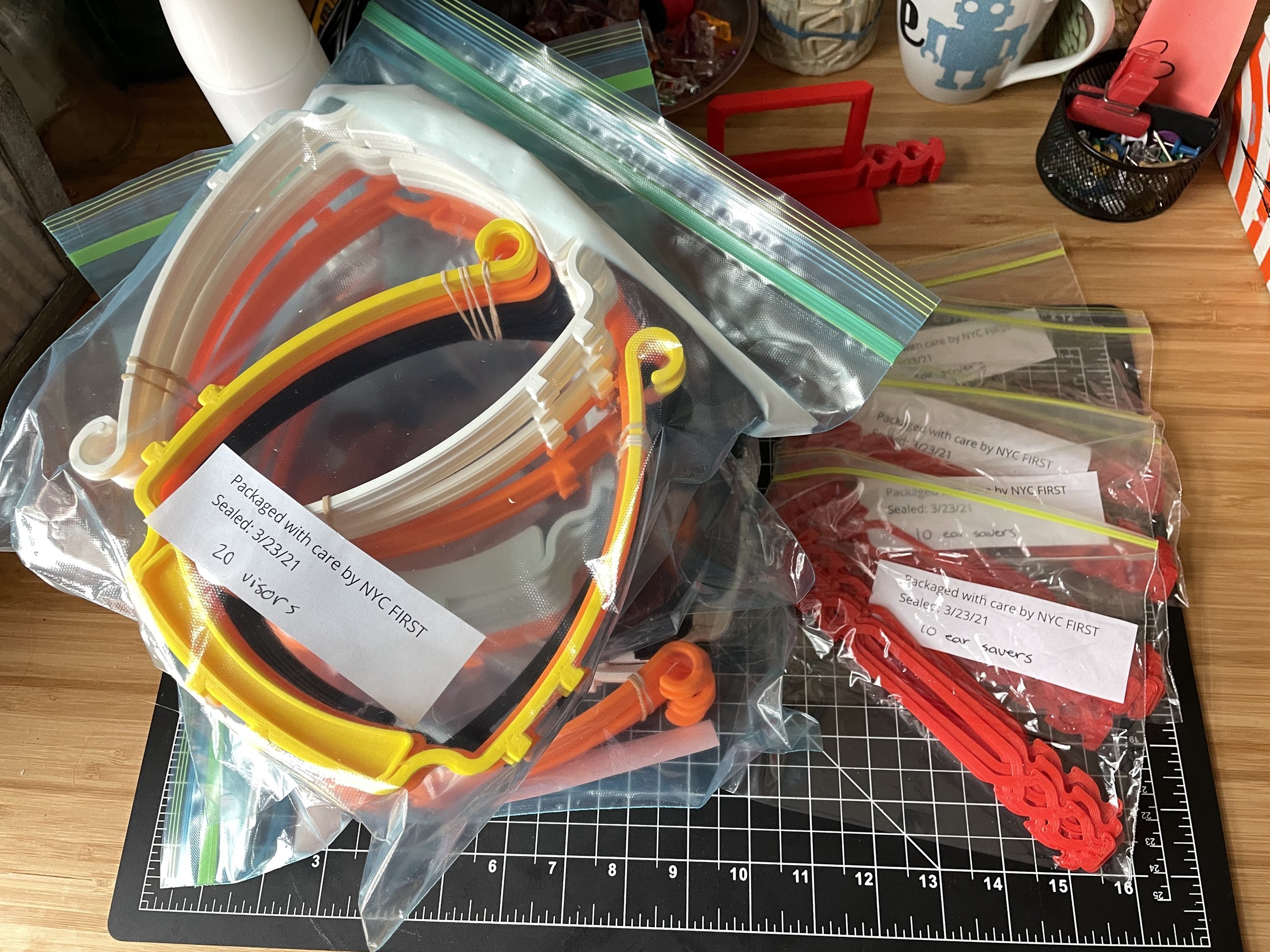

Redesigning the STEM Center programs for remote learning was both challenging and rewarding. We were fortunate to have the support of our students, funding partners, and leadership team. I am happy to report that we were able to keep the STEM Centers functioning as centers of learning and continue to offer valuable and unique STEM education opportunities to students, teachers, and communities across New York City!